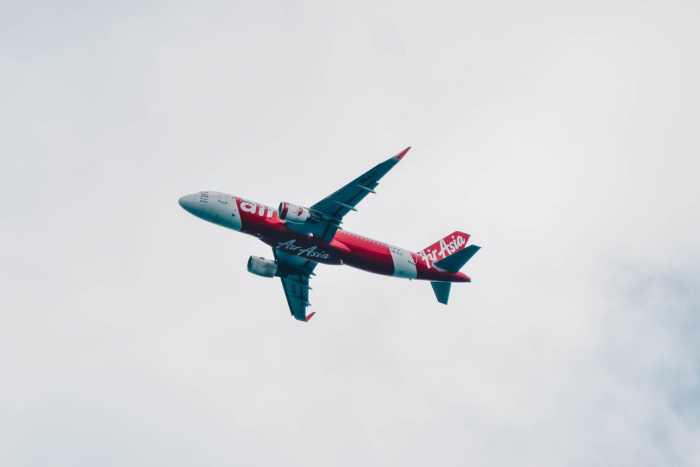
Koh Lanta Destination Guide

The Lanta group consists of 52 islands, many small and mostly uninhabited. The scenery is typical with fine sandy beaches, colourful coral reefs, mangrove forest, hills and mountains. Efforts to protect the area’s natural beauty have resulted in 15 islands in the Lanta area being acknowledged as a marine national park. For those of you who want to visit the area, Ko Lanta Yai is the biggest and most developed of the islands, with accommodation suitable for those on a budget or more up market travellers. Ko Lanta is popular with tourists looking for a holiday that involves walks on the beach, dining out at quiet restaurants and watching the sunset, you won’t find many backpackers here but a variety of ages looking to chill out, amongst them families with young children and plenty of divers. Although not as popular as Ko Phi Phi, the number of resorts and bungalows along the islands west coast are on the increase.
In Lanta Old Town you will find Chinese merchants alongside local Thai fishing families and a Sea Gypsy community. Many years ago the Old Town was the port and trading centre for the island, where the Arabic and Chinese trading ships sailing between the larger ports of Phuket, Penang and Singapore used to stop over. Today, Old Town is the capital of the district and you will find a post office, police station, Buddhist and Chinese temples and the island's hospital. It's a quaint place to visit and has some fine restaurants and interesting items to buy, such as handmade Hammocks and an original Batik and Art Gallery. It’s also a good place to stop over if you are looking to visit other Islands such as Ko Bubu and Ko Talenbeng. The village of Saladan is worth a visit for the delicious Thai and Indian food at cheap prices, many of the restaurants have been built on the wooden pier jutting out over the ocean and you can enjoy the view of the coast and the island opposite. It is an interesting place to pass the time watching the locals going about their daily life.
There are a variety of activities that can be found on Lanta, diving being the most popular. Dive operators on Ko Lanta have the Southern Dive Sites of Koh Phi Phi Island, Ko Ha, Ko Rok Island, Hin Daeng and Hin Muang in the Andaman Sea on their doorstep. Diving schools regularly visit the following dive sites: Shark Point, Anemone Reef and the King Cruiser; Phi Phi Islands and Ko Bida; Ko Ha (the Five Islands); Ko Rok Islands; Hin Daeng and Hin Muang (Red & Purple Rocks). Another enjoyable activity is kayaking; investigate the mangrove forests and caves around the island and learn about the fragile ecosystem and the animals and trees that live there.
There is no direct flight to Ko Lanta, you can fly from Bangkok to Phuket, Krabi or Trang and then catch a bus or boat from there. There is a ferry service available to/from Krabi, Phuket and Phi Phi, but check this out at the time of travel as they don’t operate in the low season. From the mainland the Island can be reached by two car ferries that operate from 06:00 to 22:00. To get around Ko Lanta it is best to rent a motorbike or car as places are not easy to walk to and it will be far too hot and dusty anyway!
Sea Gypsies
The Sea Gypsies live at Sang-ga-u Village, next to the national park headquarters. Centuries ago they lived on boats and were thought of as pirates, eventually settling along the Andaman coast they live in houses built on stilts. Most sea gypsies in Thailand have now been granted land, given surnames and citizenship. On the island they make a living by fishing and collecting bird's nests for the Chinese. If you take a walk through their villages you cannot miss them due to their striking dark skin, curly reddish hair and big bushy eyebrows.
The National Park
In 1990 Mu Ko Lanta became a National Park; the rain forest that covers the southern tip of Ko Lanta Island and over 15 islands in the Andaman Sea is now a protected area covering 134 sq kms. The park consists of terrestrial and marine areas and has a number of ecotypes, from mangrove forests to dry evergreen forest and tropical rain forest. The offshore islands have steep craggy limestone cliffs covered mostly by grassland. Although most of the islands within the park are unpopulated, they are home to a large variety of plant and animal life found on the cliffs and in the ocean below. You might see tree shrews, squirrels, fruit bats, wild pigs, mouse deer, lizards, cobra and green snakes. There is also a large number of bird species for the bird watchers amongst you. Marine life is abundant and the coral colourful and vibrant. There are a few bungalows near the park headquarters if you want to stay overnight, but generally people have a day out here combining a walk through the forest with a picnic at the beach. There is a beautiful isolated beach to walk on and many rocky tidal pools on the western side to look for marine life at low tide.





